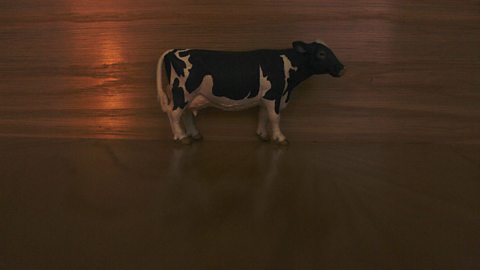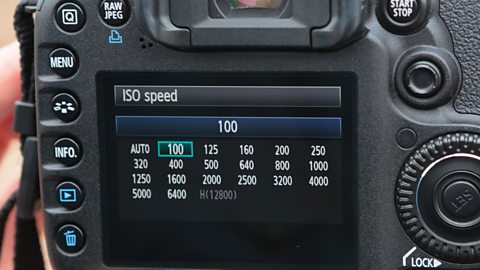Exposure
Exposure allows you to compensate for too little or too much light.
If you can, you should always film interiors in locations where you can control the lighting either by using the lights already present or by bringing your own lighting equipment.

Image caption, Under-exposed footage
Under-exposed footage will look dark, grainy and murky.
Image caption, Over-exposed footage
Over-exposed footage will look too bright with key parts of the image being almost completely burnt out.
1 of 2
Under-exposed footage may look grainy and murky, while over-exposed footage will look too bright with key parts of the image, such as faces, being almost completely burnt out.
Most camcorders and some basic DSLRs offer simple exposure controls.
You should consult your camera’s instruction manual for further guidance on how to adjust this setting.
ISO
To control the exposure settings on most DLSR's we must use two separate settings.
The first of these is ISO. This controls the camera’s sensitivity to light and can reduce or enhance that sensitivity.
If you are filming in very bright conditions, you might want to bring the ISOSetting on a camera which controls its sensitivity to light. down to compensate.
If, on the other hand, you are filming at dusk, you might need to push the ISO setting up.
Below you can see an image of a typical ISO control menu showing us a full range of ISO settings.

The AUTO setting will adjust the camera’s ISO levels automatically but might not always give you an accurate image.
The other numbered settings offer us a greater degree of control.
You might use 200 for shooting outdoors on a sunny day or you might push it up to 6400 if filming in low light.
You should always take care when setting the ISO as the higher you set it the more likely you are to get grainy images.
You should consult your camera’s instruction manual and experiment with this setting before filming.